Hemlock trees are native trees that you often find in many areas in the U.S. Some homeowners like the presence of hemlock trees in their backyards, but the big shady trees often look bare underneath.
You're in luck if you are looking for some companion plants for your hemlock trees! We've come up with a list of plants you can put under your hemlock tree.
A full-grown hemlock tree is tall, so companion plants should do well in shady areas. Hemlocks are also a little aggressive and can kill some plant varieties.
For this reason, solid and hardy plants like Hostas, Sweet Woodruffs, Lily of the Valley, or Ivory Sedge, among other choices.
We know that you can plant many choices with your hemlock trees, and it is a bit hard to decide on one. Fortunately, we have some great suggestions on the best kinds of plants you can put under your hemlock tree and other companion plants you can add.
Keep reading to learn more about them!

What To Plant Under Hemlock Trees

Traveling around the American Northwest, you might have seen large trees shaped like a pyramid with gentle drooping branches.
They have dark green leaves that are quite delicate, with the tops looking shiny and the underside silvery white. These trees are hemlock trees, four of which are native to the United States.
If you have a hemlock tree in your backyard, you might find very few plants that thrive underneath them.
This is because hemlock trees are vast and tall, which causes them to shade the area. Most plants need a healthy amount of sun, but with the hemlock trees blocking this precious light, these plants tend to die.
Since hemlock trees are evergreens, you will find that planting other plants close to them is a struggle. Aside from blocking most of the light, the soil where evergreen trees thrive is quite acidic.
This limits the choices of plants that you can grow in this soil. The plants will also fight each other for water because evergreens suck a lot of moisture from the ground.
Despite these challenges, some hardy plants can withstand all these conditions. Most groundcover plants do well in partial shade, although some can survive under a fully shaded area.
Hostas
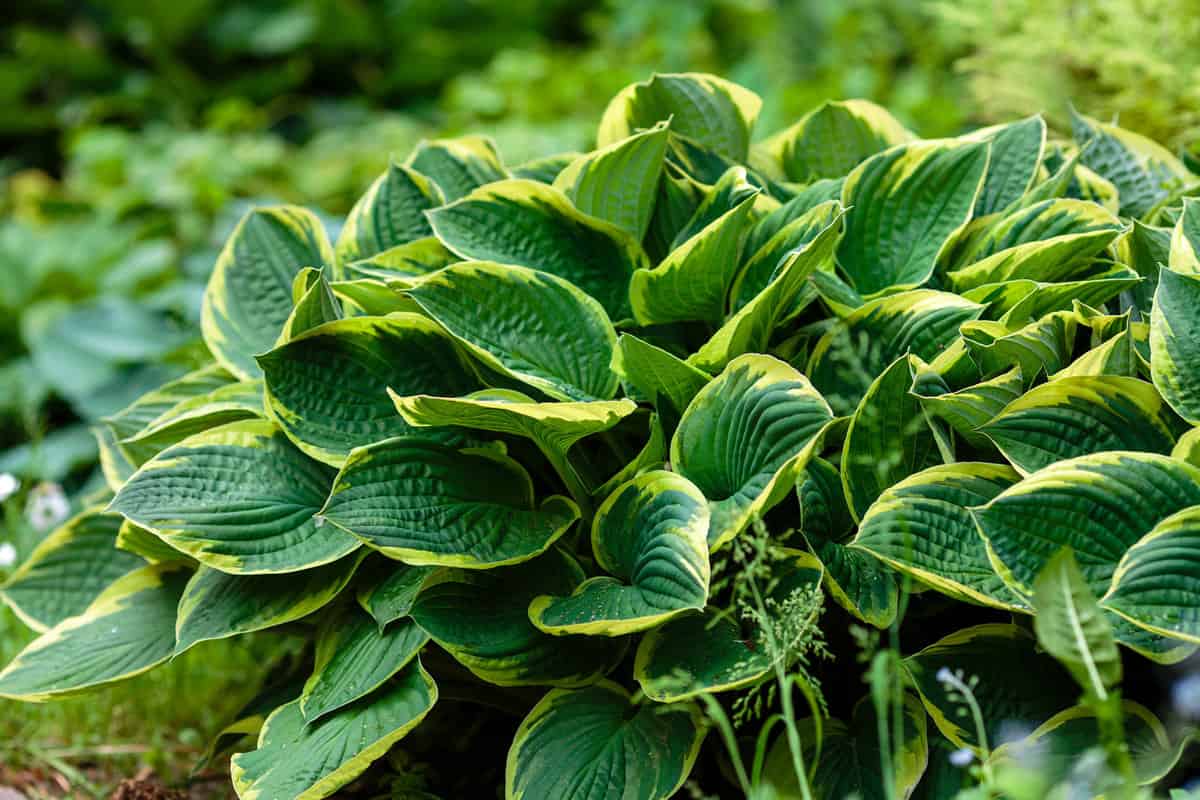
Hostas, sometimes called plantain lilies, are hardy perennials that thrive in places that do not get a lot of sun. Because they like the shade, you will often see these plants covering the ground beneath different evergreen trees.
These plants are also quite forgiving regarding the soil's pH levels, as hostas like the acidic soil where hemlock trees thrive.
They can also be generally left alone, and the hostas will still grow. Hostas come in different varieties, with leaves ranging from lime green, variegated white, or blue-green, all with different shapes.
They bloom beautifully from early summer to early fall with pretty white, baby blue, light pink, or lavender flowers.


Get hostas root starts on Amazon.
Sweet Woodruff
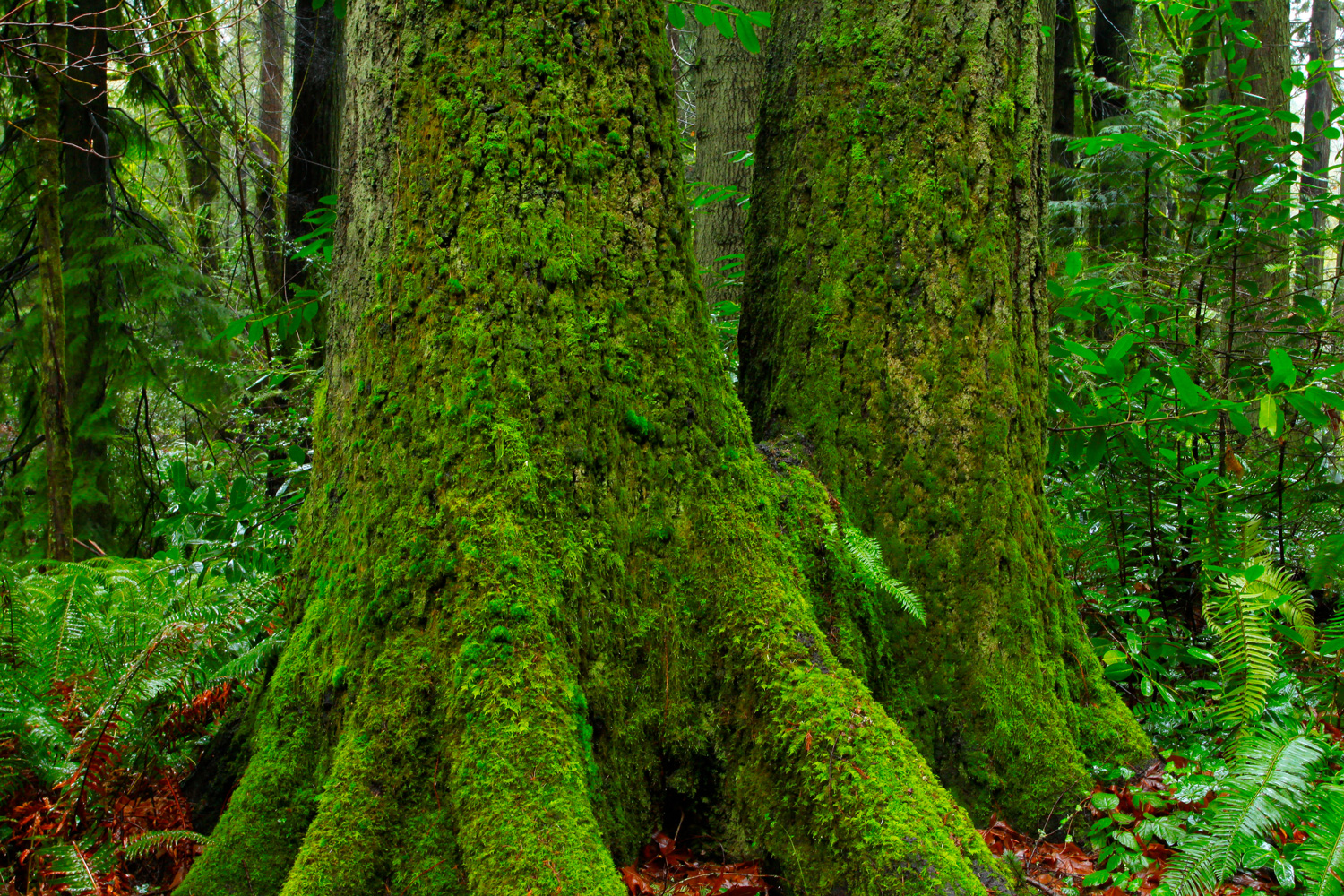
Sweet Woodruffs will be a perfect choice if you want ground covers that add fragrance to your yard. This ground cover plant has fresh-smelling leaves that have a scent that lingers.
They also have pretty white flowers nestled in between whorls of star-shaped leaves.
Sweet Woodruff plants love the shade and are pretty hardy because they can survive in dry soil. It tends to spread fairly quickly if you allow them to grow in moist soil.
Since it has invasive tendencies, it would be best to plant sweet woodruffs in areas where you don't mind them taking over the ground completely.


Grab these Sweet Woodruff seeds on Amazon.
Lily of the Valley
Another sweet-smelling plant, Lily of the Valley, is a shade-loving ground cover that can survive the ground beneath a hemlock tree. This plant has medium green leaves with small, white flowers that are very fragrant and grow on stems.
In the fall, small orange-red berries appear, which can be cross-pollinated with other varieties. While the Lily of the Valley looks delicate, these plants can become dense after some time.
While they are nice to plant around hemlock trees, it would be wise to steer clear of them if you have young children or pets who can ingest any part of the plant.
It is very poisonous and can lead to death when ingested, so look for alternatives to prevent fatal incidents.
Ivory Sedge

A small, slender sedge native to North America, the Ivory Sedge is a clump-forming ground cover that spreads gradually from rhizomes.
This plant has small, narrow leaves that create spherical-shaped clusters that can grow in dense proportions.
In the early spring, this plant grows ivory-green flower tufts that sit on top of the clumps. In the wild, the Ivory Sedge grows in conifer and mixed forests, which is why they grow very well beneath the shade of hemlock trees.
Jacob's Ladder
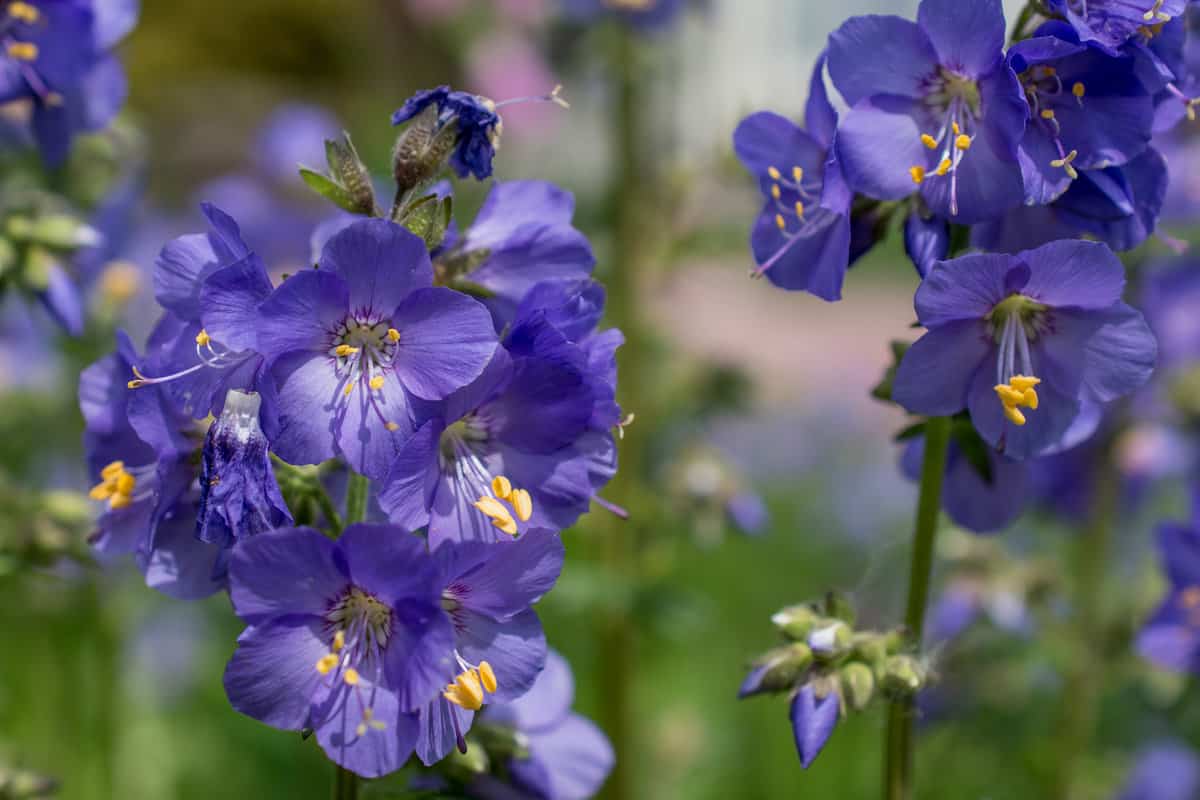
Jacob's Ladder, or Polemonium, is a low-maintenance plant that thrives well and only needs a little trimming.
This plant is popular because of its foliage—a dense clump of stems with tiny leaves that make them look like ferns.
It has loose clusters of flowers that hang like bells, and they come in different colors like white, pink, yellow, or blue shades.
These plants come from the woodland, so they love sitting underneath the shade. When planted with a hemlock tree, the soil should be moist to allow the plant to spread out its cover naturally.
Jacob's Ladder doesn't require much maintenance—you can generally leave them alone and trim them from time to time, so they don't look overgrown.


Check out these Jacob's Ladder seeds on Amazon.
What Are The Different Kinds Of Hemlock Trees?
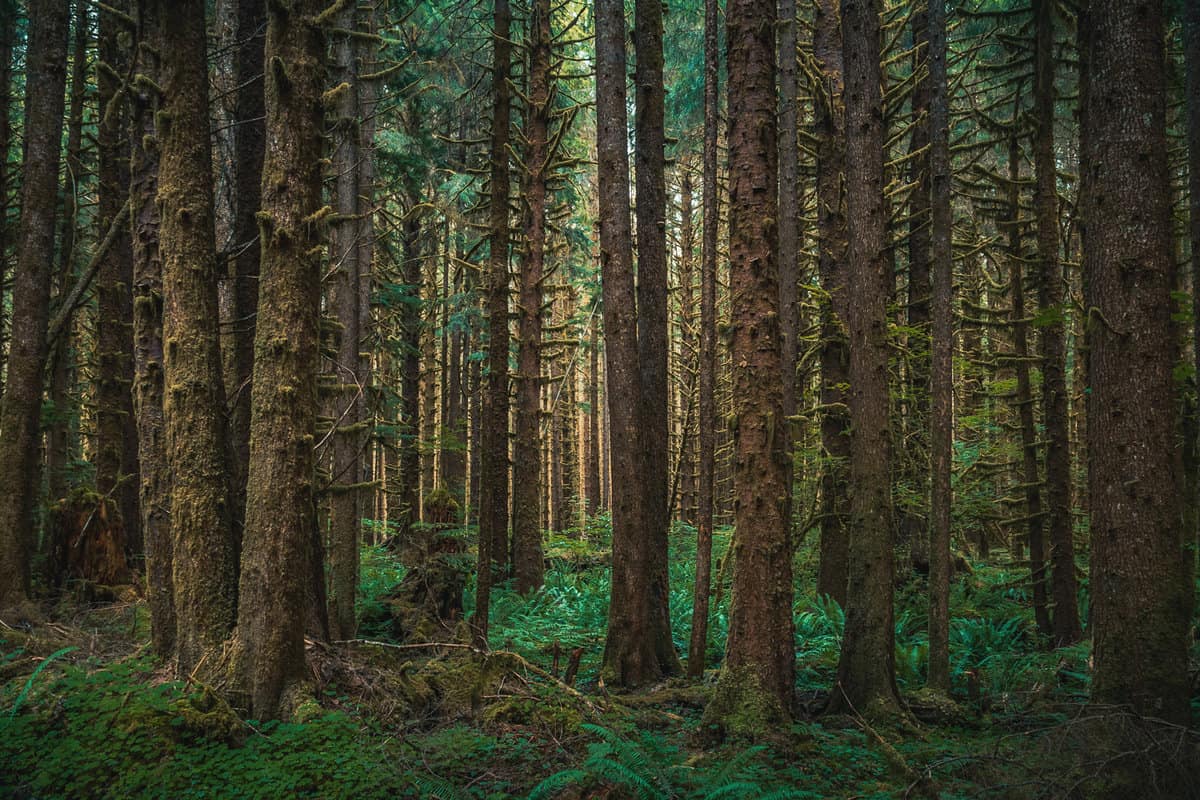
Some hemlock trees are found in different parts of the U.S. They grow in both the eastern and western parts of the U.S., and they dominate forests and can sometimes be used as a landscape trees.
Depending on the location, these evergreen trees grow big and beautiful as they tower over the area where they are.
The western hemlock (Tsuga heterophylla) can be seen in the Pacific Northwest.
You will likely see them in coastal temperate rainforests, and they can thrive even in the densest shades. This particular hemlock tree can also be turned into lumber; the wood often turns into panelings, floorings, and furniture.
On the other side of the United States, the eastern hemlock (Tsuga canadensis) or Canadian hemlock is the only conifer tree native to the area.
They grow big like their relative western hemlocks and are sometimes used as landscape trees in homes with vast spaces. It has gorgeous foliage, and they look very majestic, making them one of the prettiest conifers in the U.S.
Are There Companion Plants For Hemlock Trees?
While you can plant groundcover plants beneath your hemlock trees, they can also do well with other companion plants. These plants look great as they grow close to the hemlock trees, so your landscape does not look too bare with just the trees out there.
In this particular list, these companion plants grow well with the eastern hemlock, as this tree is the one that is commonly seen in many homes.
- Mountain laurel
- Sugar maple
- Canada mayflower
- Sweet birch
- Virginian witch hazel
- Mapleleaf viburnum
How To Care For Hemlock Trees
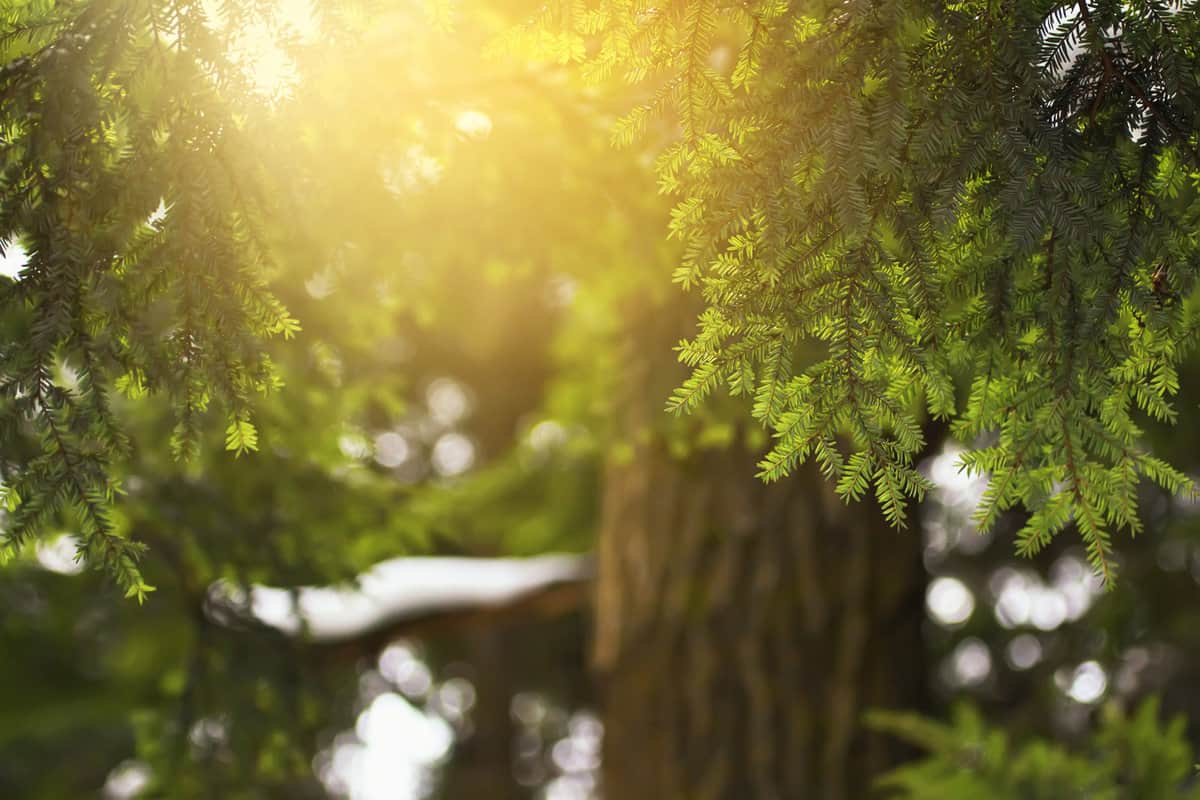
Generally, if you want a hemlock tree in your home, you will most likely get Canadian hemlock planted.
Landscapers suggest that you get a professional if you want them in your yard because these trees are big. As they continue growing, they can cause problems in your home.
Canadian hemlocks are easy to care for. They are moderate-growing trees that prefer cool, moist, well-draining soil to grow. They like their soil loamy and acidic, a preference for most evergreen trees.
Since they have a shallow root system, these hemlock trees would fare better with ample wind protection.
These trees prefer full or partial shade, but hemlocks can thrive in full sun in the Northern climates where it is cold. They only need a fair amount of watering once a week and the addition of fertilizer once a year.
In Conclusion
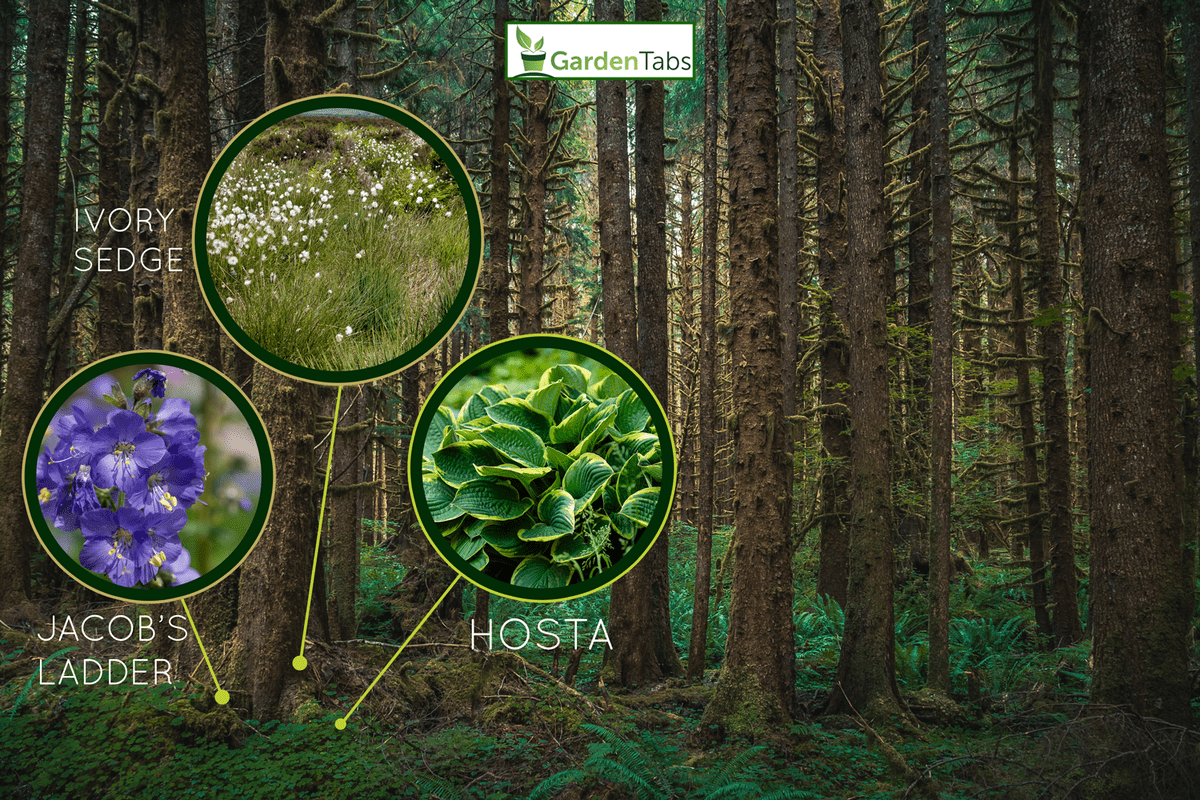
Hemlock trees can be beautiful in many backyards with or without plants covering the ground beneath them. These trees can grow large, and these evergreen trees look beautiful because of their graceful look.
Adding plants to cover the ground beneath them will make them extra pretty, but the trees themselves look majestic enough as the background to your home.
Want to read more garden articles? Look no further!
